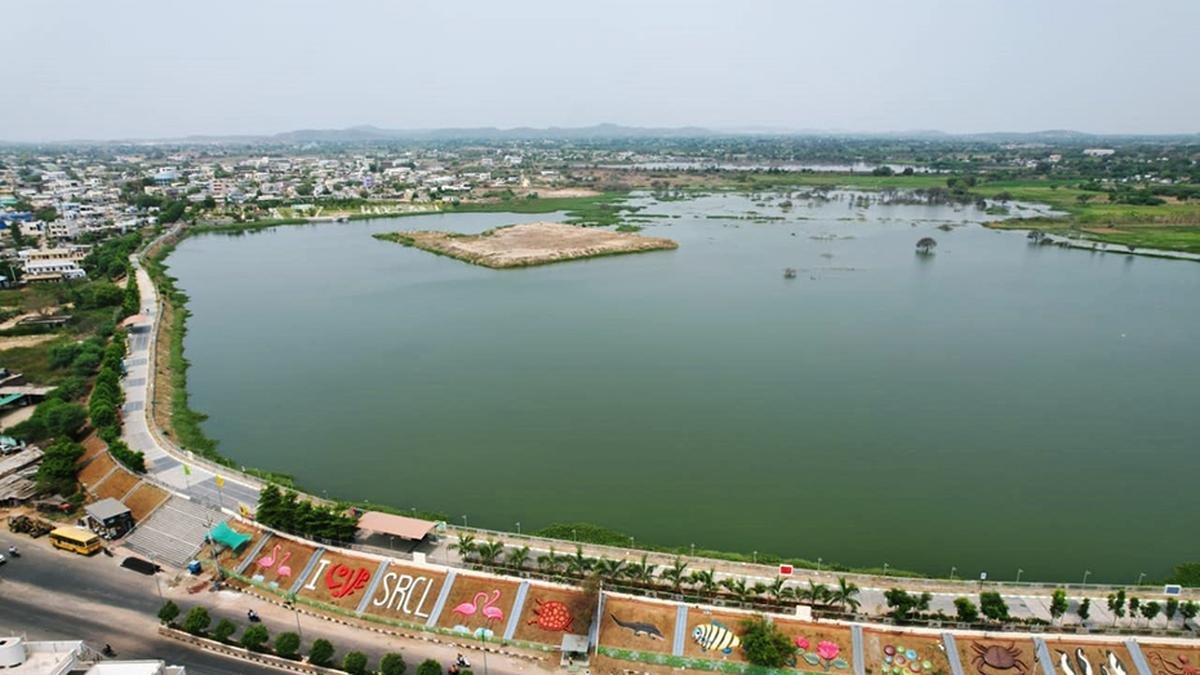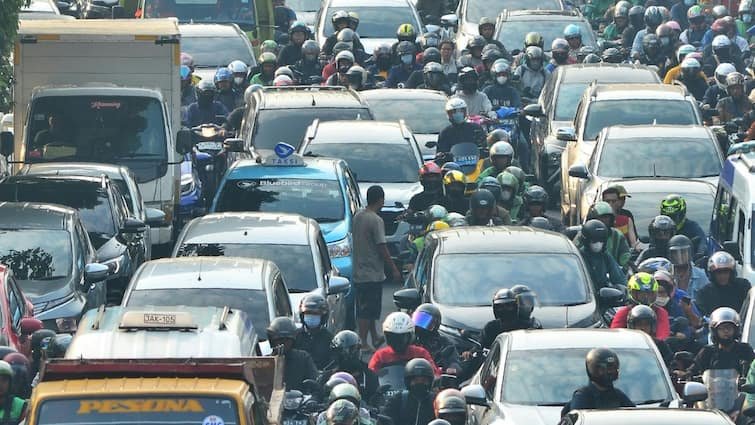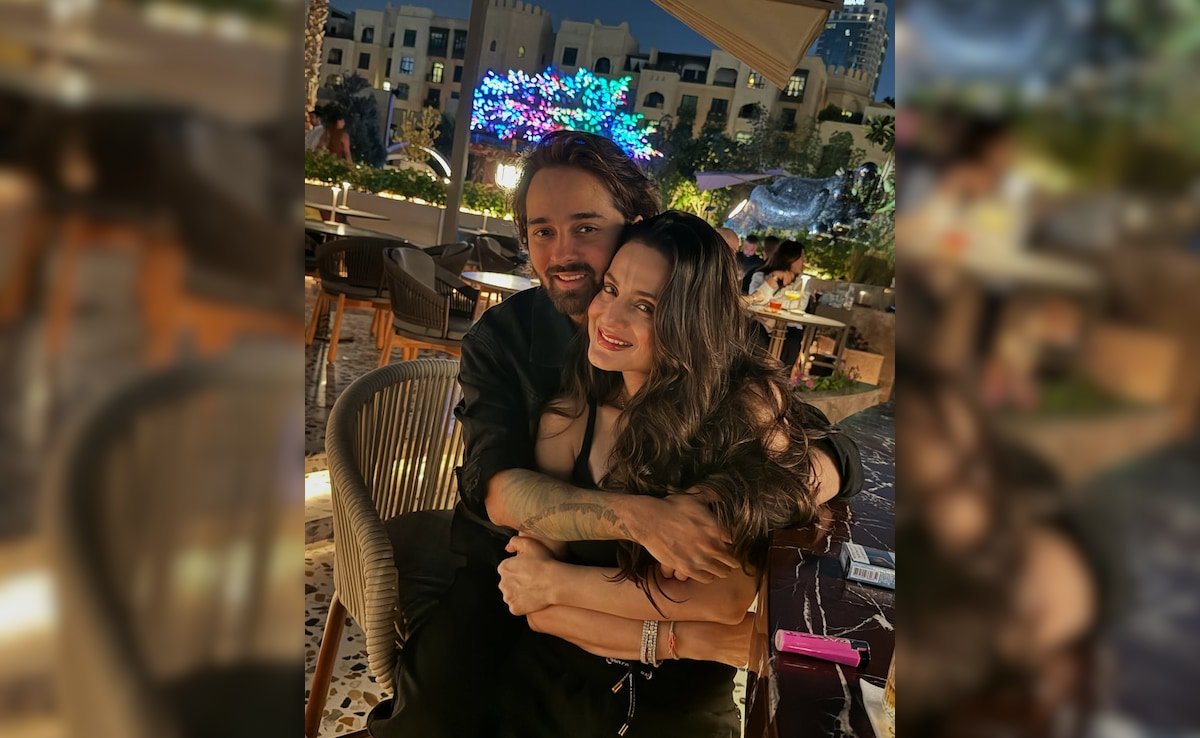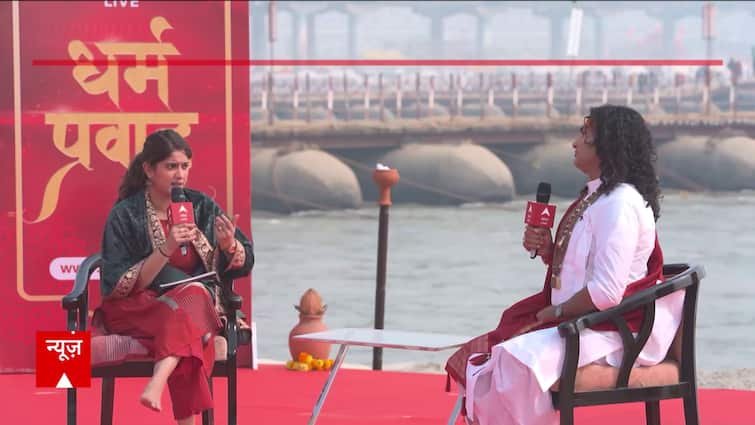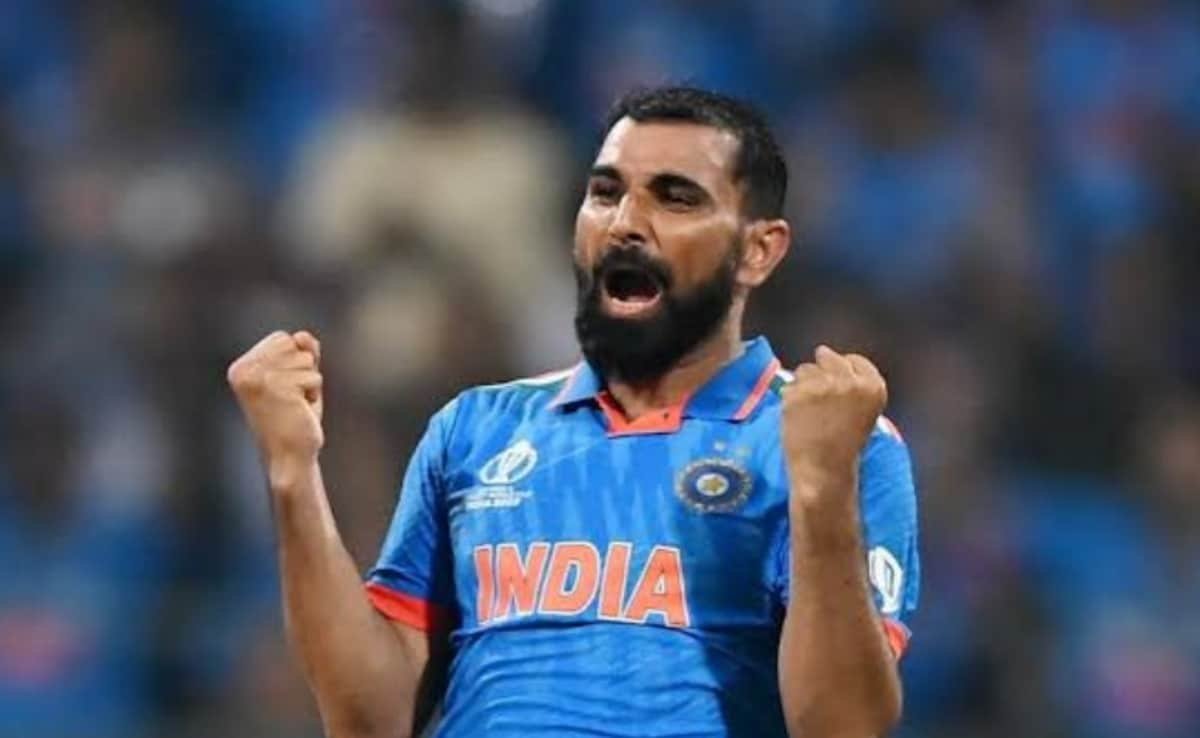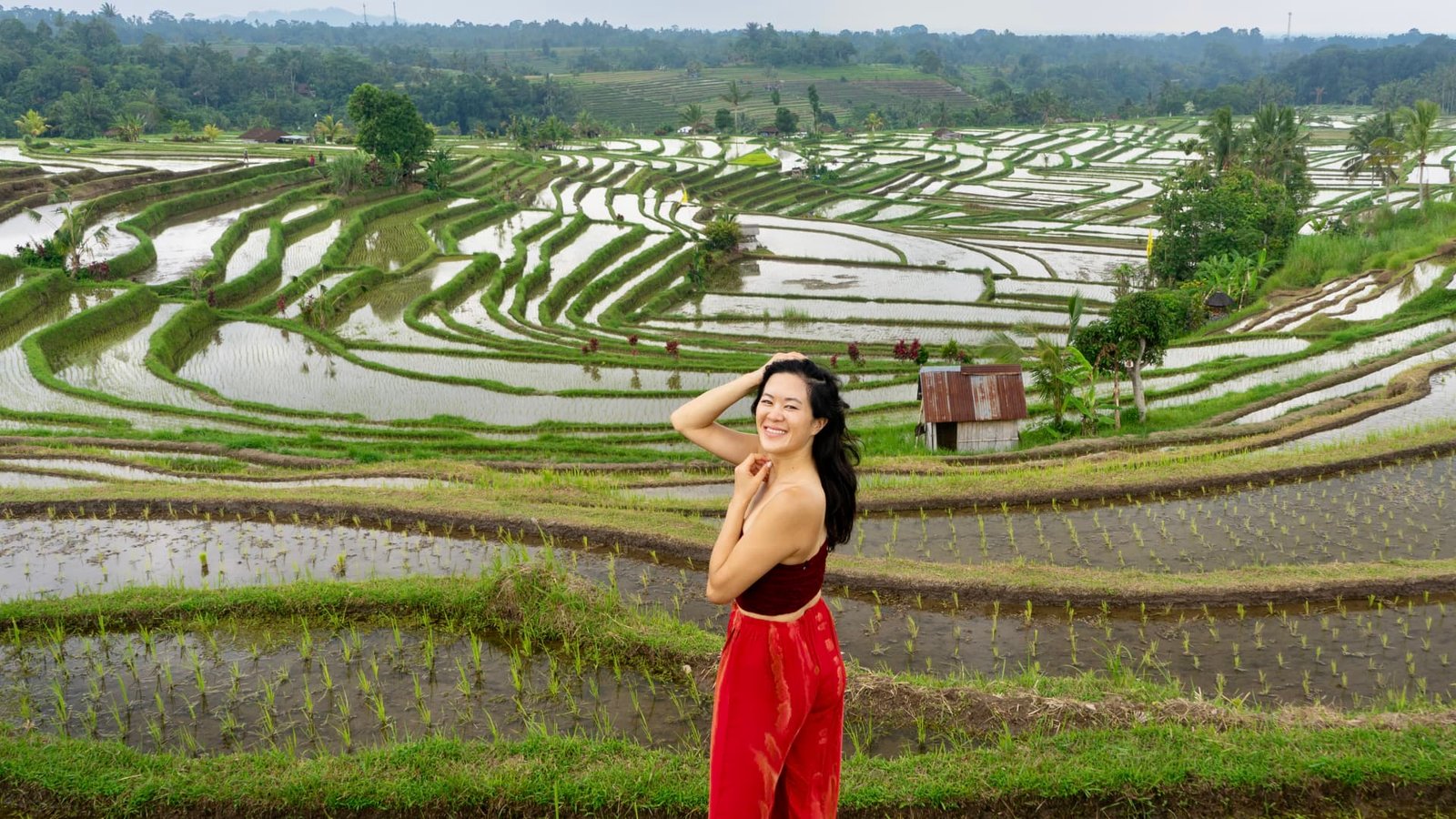
In 2022, I quit my job to fulfill my longtime dream of traveling the world full-time for a year and a half. My journey through 12 countries in Asia and six in South America cost exactly $34,563.38.
I stayed meticulous about one thing from beginning to end: I tracked every penny I spent, from a $600 flight to a 50-cent trip to the bathroom.
I spent an average of about $1,920 per month, which is about my typical monthly budget living very frugally in LA and previously, in NYC. To make ends meet and save for my trip, I rented in uncool parts of town and lived with roommates in small spaces for five years. I ate out a couple times a week and only made coffee at home, unless I was working from a café.
Here’s everything I spent during my 18 months in South America and Asia, broken down by category.
Pre-trip supplies: $531, or about 1.5% of budget
This category includes the survival essentials I stocked up on before the trip, such as a suitcase, packing cubes, cargo pants, hiking shoes, and water shoes.
In retrospect, I should’ve focused on packing items that can’t easily be found elsewhere, like my favorite brand of mosquito repellent, instead of items I could easily buy abroad. I regretted, for example, being burdened by the dead weight of too many clothes I had to lug on cars and planes all over the world.
Siem Reap, Cambodia
Helen Zhao
Lodging: $10,635.06, or about 31% of budget
I could have spent as little as $5 to $15 for a bed in a hostel, but I craved the comfort of my own space at the end of a long day exploring. On average, I spent $20 to $25 per night for my own room in a comfortable mid-range hotel, usually with breakfast.
Stays I considered great value at that price point included Chandi Hotel in Bali, Indonesia; Hoianian Central Villa in Hoi An, Vietnam; and S2 Residence in Krabi, Thailand.
There were outliers too. For example, I paid just $9 per night for a hotel of similar quality a block from the beach, in Da Nang, Vietnam.
Similar quality hotels cost closer to $50 to $100 per night in the major hubs of Brazil, China, Korea, Japan, and Singapore. Luckily, my mom or husband joined me in all these places except Brazil, and we split the bill.
Transportation: $8,074.67, or about 23% of budget
Flights: $4,885.14
Ground transport: $3,189.53
I took 40 flights during my trip, in economy class with checked luggage. There were many opportunities to take an overnight bus for one-quarter to half the price. But I hated the idea of sleeping on a bus, using bus restrooms, or driving narrow winding roads in the dark.
Flights within countries typically cost between $50 to $100, and twice that to fly across very large countries like China or Brazil. Flights between neighboring countries cost me $100 to $200. Flights between non-neighboring countries cost me from $100 to $300. The farthest distance I traveled was from Osaka, Japan, to Kuala Lumpur, Malaysia, and it set me back $140.28.
I also used about 200,000 credit card miles to cover some of my flights.
When I didn’t fly, I took buses, vans or bullet trains. Three-to-seven-hour bus and van journeys cost me $10 to $20. The bullet train across about 860 miles from Xian to Shanghai in China cost me $94. A two-week unlimited bullet train pass in Japan cost me $224.
I used a lot of rideshare services, which often cost just $1 or $2 for a two or three-mile ride by motorbike.
With her mom in the Vietnamese countryside.
Courtesy of Helen Zhao
Food and beverage: $7,078.36, or about 20.5% of budget
Coffee: $411.05
Alcohol: $557.95
Everything else: $6,109.36
Aside from a couple salads I made in Japan, I never prepared my own food. Half the time, breakfast was included at my hotel. Otherwise, I usually ate at charming or trendy mid-range restaurants as well as vibrant night markets.
My favorite go-to spots included Temple Coffee in Phnom Penh, Cambodia, and Milu by Nook in Bali. I usually paid $7 to $10 for an entrée and non-alcoholic drink. Meals at no-frills spots or night markets where many locals eat typically cost me $2.50 to $6. Night market treats cost about $1 per serving.
I tried fine dining a couple times, paying just $12 for lunch and $22 for dinner for exquisite multi-course meals in Bolivia.
I often ordered fancy lattes at trendy cafés for about $2. I was surprised to learn that my iced latte habit only added up to $411 in 18 months.
I drank alcohol about once a week, paying around $5 at mid-range restaurants and bars, and $10 to $12 at the most high-end venues.
Sightseeing: $2,567.24, or about 7.5% of budget
Patagonia
Courtesy of Helen Zhao
Healthcare: $1,988.54, or about 6% of budget
I spent $1,263.72 for traveler’s health insurance, which would cover up to $100,000 in expenses in case of an accident or illness. That insurance came in handy when I had one case of food poisoning and one very bad case of Covid.
I paid $563 for travel vaccines, including for yellow fever, typhoid, hepatitis A, and Japanese Encephalitis. The latter would have cost $400 to $500 in the U.S., according to my research, but I paid just $58 in Bangkok.
After I lost my retainers in Vietnam, I had them remade in Korea for about $150.
Discretionary shopping: $1,927.01, or about 5.5% of budget
Clothes: $1,048.24
Souvenirs: $216.86
Gifts: $661.91
I mostly shopped at hole-in-the-wall boutiques or vendors set up on the street, where there are no price tags and it’s all about bargaining. To avoid overpaying, I held off on buying right away and kept in mind that competition was often on my side.
I inquired about pricing with multiple vendors. That process helped me figure out the lowest acceptable rate, or the last price I was offered before vendors let me walk away.
That’s how I knew I was getting a good deal on custom-made Vietnamese silk dresses in Hoi An. After inquiring around, I ended up paying $34 per dress and left Vietnam with 14.
Sometimes I bought things on the spot when I felt the price seemed very reasonable. I didn’t mind if the vendor earned a few extra dollars, because I still felt it was a great deal and the money would mean more to them than it did to me.
Rio de Janeiro, Brazil
Helen Zhao
Visas: $847.54, or about 2.5% of budget
For the most part, as an American citizen, I didn’t need a visa or paid for visas on arrival. Those typically cost about $30 to $40.
There were outliers, though. The visa for China cost me $205 in application and printing fees and the visa for Bolivia cost $160. I was surprised to learn of that requirement two hours before we reached the border from Peru and scrambled to gather the necessary documents before arrival.
Personal care: $745.57, or about 2% of budget
I occasionally indulged in luxuries I almost never spend money on in the U.S., where I often feel I can’t justify the cost. I got gel manicures for about $15 and massages for $5 to $10. I took yoga and meditation classes in beautiful facilities in Bali, which cost $10 each. Haircuts cost about $8. I also regularly stocked up on toiletries, sunscreen, and mosquito repellent.
Tokyo
Courtesy of Helen Zhao
Entertainment: $168.40, or about 0.5% of budget
This encompasses fun activities for the sake of escapism that don’t count as sightseeing or cultural experiences. That includes entry fees to the few nightclubs I visited, arcade games, a Spotify music subscription, and hookah with friends.
I’m surprised at how little I actually spent on escapism. You can party hard very affordably with other tourists in Southeast Asia and South America, especially when staying at hostels. In my early to mid-20s, I would have jumped at the opportunity, but in my early 30s, I didn’t feel drawn to it.
The No. 1 thing I got for my $35,000: ‘It reminded me how rich I am’
Abroad, I lived extremely comfortably on about $1,920 a month — more so than the average backpacker I met. I never cooked for myself, ordered fancy iced lattes on a regular basis, and splurged on 14 custom made silk dresses in one week.
I had become very jaded living in expensive coastal American cities, feeling like I could never afford a house or kids and constantly comparing myself to people who have more than me. I felt poor, like I never had enough and was never doing enough.
Tracking my spending showed me that I have enormous purchasing power in most of the world. I’m not a helpless victim of inflation and the soaring cost of living in the U.S. Actually, I’m extremely privileged and lucky.
The experience helped me to shift from a mentality of scarcity and helplessness to one of abundance and gratitude. It reminded me of how rich I am and how much I have to be thankful for. It helped me realize I have — and am — more than enough.
Helen Zhao is a former video producer and writer at CNBC. Before joining CNBC as a news associate, she covered residential real estate for the LA Business Journal. She’s a California native and a proud USC Trojan and UCLA Bruin.
Want to make extra money outside of your day job? Sign up for CNBC’s online course How to Earn Passive Income Online to learn about common passive income streams, tips to get started and real-life success stories.

